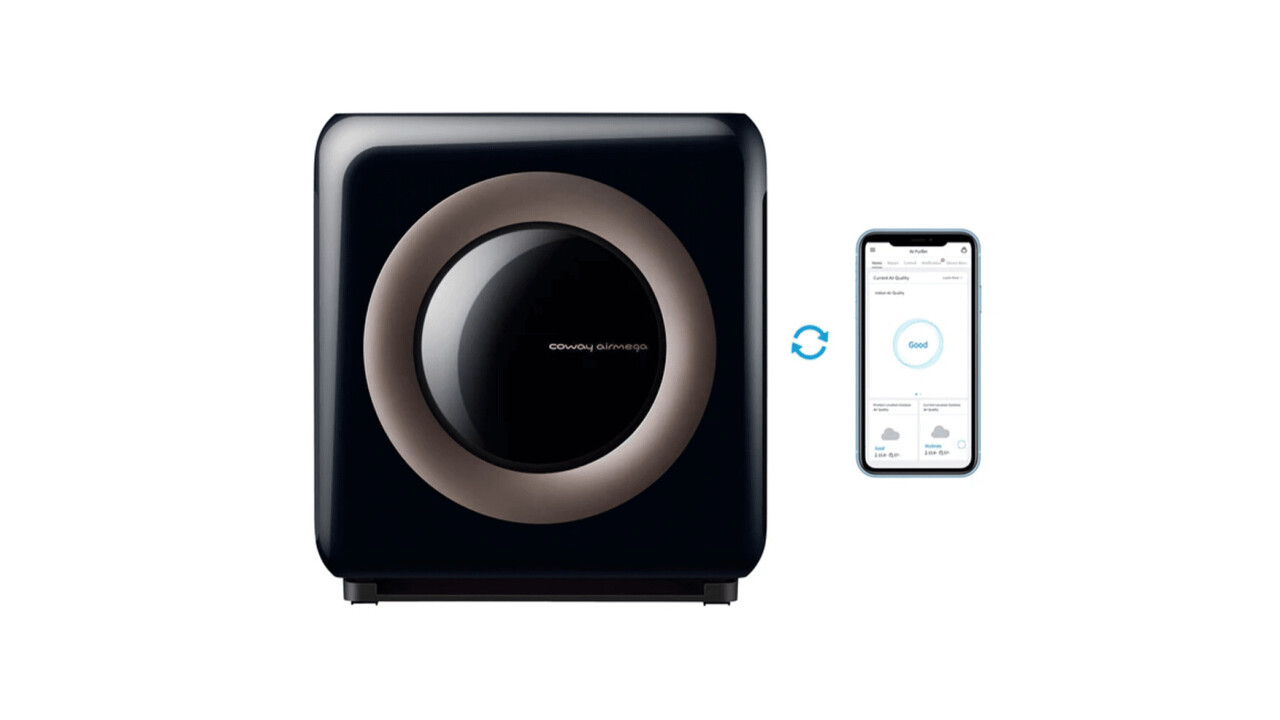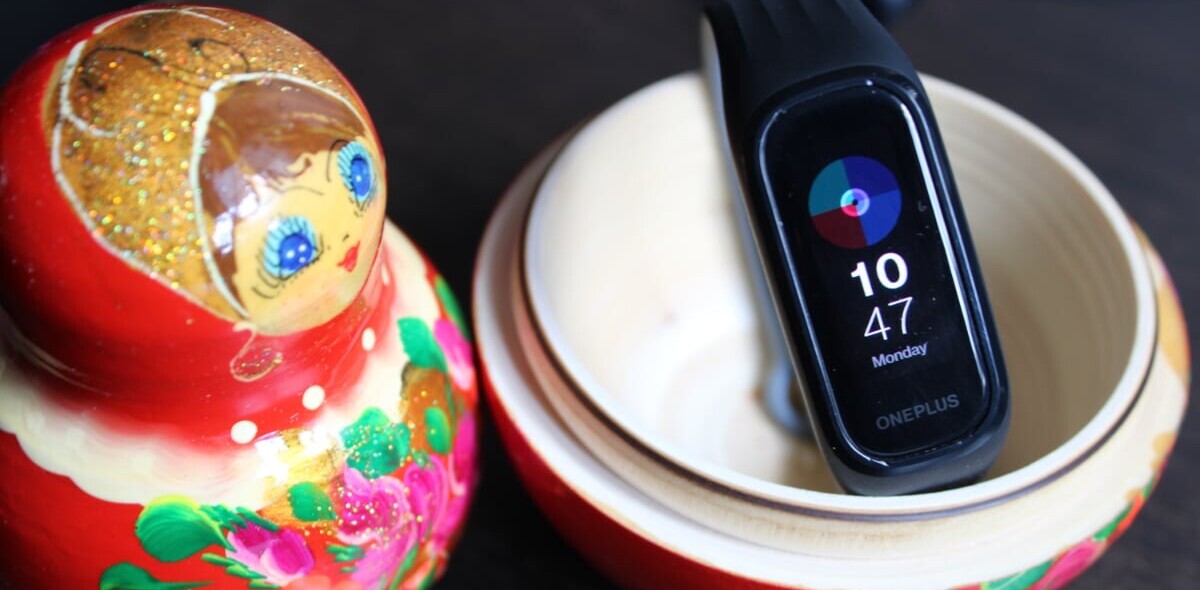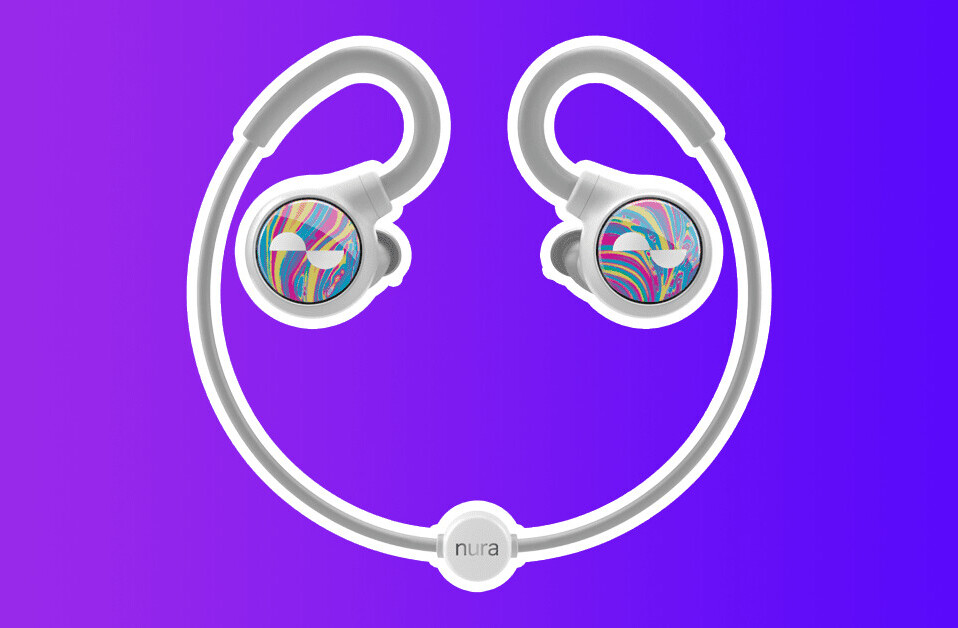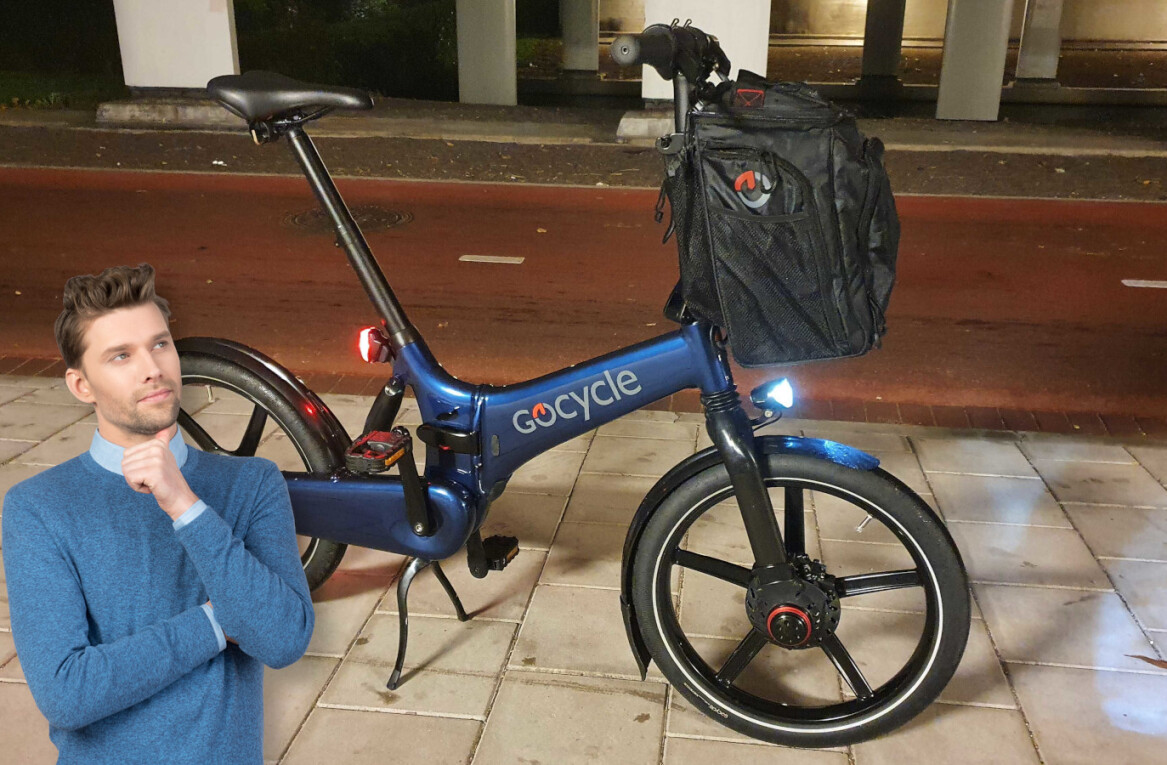
Considering most of us are spending more time indoors these days, we could all use a bit of fresh air. For apartment dwellers and others in need of a compact air purifier that gets the job done without too many extraneous features, Coway’s Airmega AP1512HHS — yes, that’s a mouthful — might just be the ticket.
It has what you’d want from a good air purifier, including HEPA and activated-carbon odor layers as part of its 3-stage filtration process. It’s not too big — a perfect size for most apartments, and it features a relatively clean design that doesn’t stand out too much (though it could stand to be less glossy).
The version I tested comes with Wi-Fi connectivity for a retail price of $299, but at the time of writing it is discounted to $239 on Coway’s website. Filters are recommended to be replaced annually, at a cost of $70.
The older, non-wifi version (AP-1512HH) retails for $230, discounted to $184 (this model uses a 4-stage filter, but the newer model has an improved carbon filter). Both are rated to clean spaces of over 300 square feet, but the unit I tested does its job with such aplomb that it was effective in significantly larger spaces as well.

Truth be told though, I’m not the ideal buyer for one of these. I don’t suffer from allergies or respiratory conditions. Nor do I have the gear to measure an air purifier’s effectiveness in a strictly quantitative sense; there is a myriad of reviews out there for that more technical info. The Airmega performs well in the technical reviews I’ve read, which was my reason for wanting to try it in the first place.
So instead, I relied on the experiences of those around me. Namely, I let my parents try it out, as my mom suffers from asthma and allergies. She is one of those people who is just extremely sensitive to air quality and can detect the faintest change in smells. She did not want to give the unit back to me.
In her own words, translated from Spanish, the difference in air quality was “remarkable” and she wasn’t “waking up with a stuffy nose” from her allergies. She also appreciated how it wasn’t too loud and was easy to use without having to read the manual.
Indeed, that was perhaps my favorite part in my own testing: it was mostly a set-it-and-forget-it affair.
Because it’s 2020, the latest version of the Airmega — again, the AP-1512HHS, not the AP-1512HH ‘Mighty’ — does come with Wi-Fi connectivity and an app.
It does what you’d expect, allowing you to view pollutant levels and filter status, as well as offering remote controls for the purifier and offering notifications on air quality. The app allows you to view outdoor air quality in your area as well to know whether “getting some fresh air” isn’t as good an idea as you might think (I mean, it’s 2020, so staying inside is probably a good idea anyway). You can also set up the purifier to work with Google Assistant and Amazon Alexa.

The app is neat, but for the most part, I just appreciated letting the Airmega do its own thing in Auto mode.
Though I might not have the equipment to test air purification in a quantifiable way, I can at least qualitatively verify their efficacy when it comes to smells. Both the AP-1512HHS and the smaller Airmega 150 I’ve been testing more recently have an uncanny ability to detect new scents in a home.
The most obvious test is something I do almost every day: cook. I have a small open floor plan apartment, and though the purifier is placed in the “living room” part of the apartment, it takes only a minute or so after I start cooking for the purifier’s air quality light to switch from blue(good) to green (normal), yellow (bad), or red (very bad).
Because I tend to like a nice crisp on my foods, I also have an unfortunate tendency to overcook things, so when my apartment inevitably gets smoky — with no kitchen vent to help — the air purifier seems to freshen up the air in no time. It’s not going to completely eliminate odors, but it’ll help things smell better quicker.
I also appreciated the air purifier’s ability to make it less obvious that I live in a home with one big dog and two cats. For instance, most pet parents are probably familiar with the waft of pet smell you get when you come back home after a long time outside — regardless of how much you try to clean and vacuum. That sensation has been significantly mitigated since using the Airmega. One of my cats also has asthma, and I like to think the air purifier is helping her as well.
I should also mention that once occasionally, my dog will fart, and the air quality will quickly change color before clearing the air again in a few seconds. So there’s that.
Lastly, it’s worth noting the AP1512 is, for the most part, very quiet. It will get loud when the fan is running at full blast — say, while cooking — but it will otherwise run near silently.

Before testing air purifiers, air quality just wasn’t something I thought much about; it’s just not something my personal well-being hinges on as obviously as it might for other people. But since testing the Airmega, I’ve been more aware of air quality, for both myself and the people (and critters) around me.
At about $240, the AP-1512HHS is a worthwhile investment, whether to help with your breathing or just to help eliminate smells in your home. If you don’t care about Wi-Fi, the AP-1512HH should offer similar performance for less, and the Airmega 150 is well-suited for smaller rooms as well.
Get the TNW newsletter
Get the most important tech news in your inbox each week.




